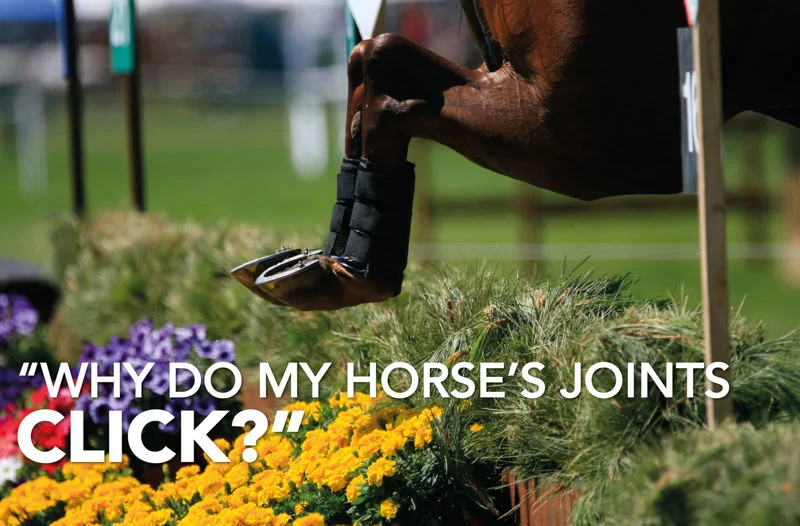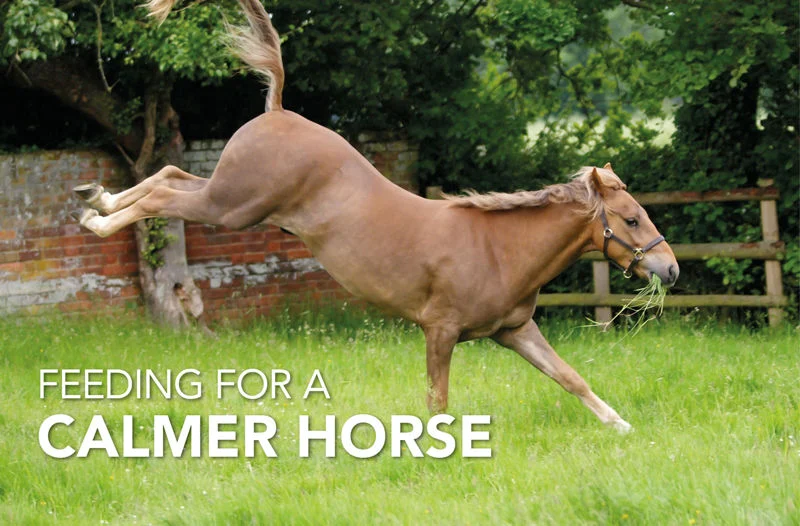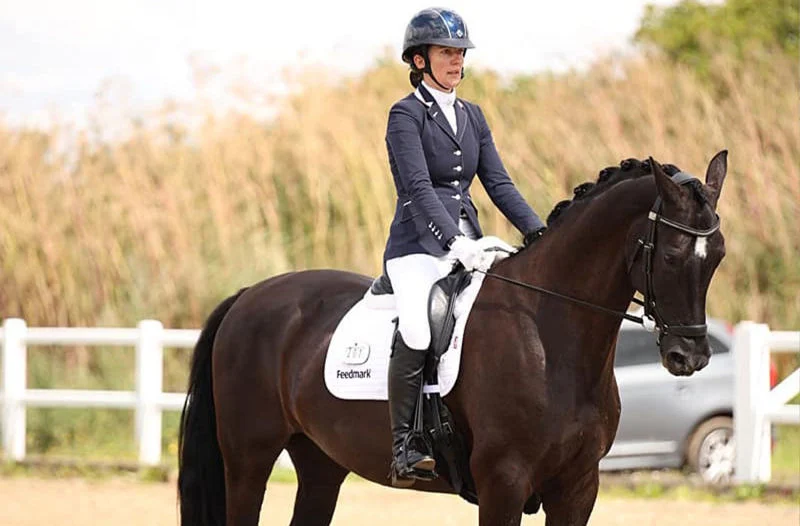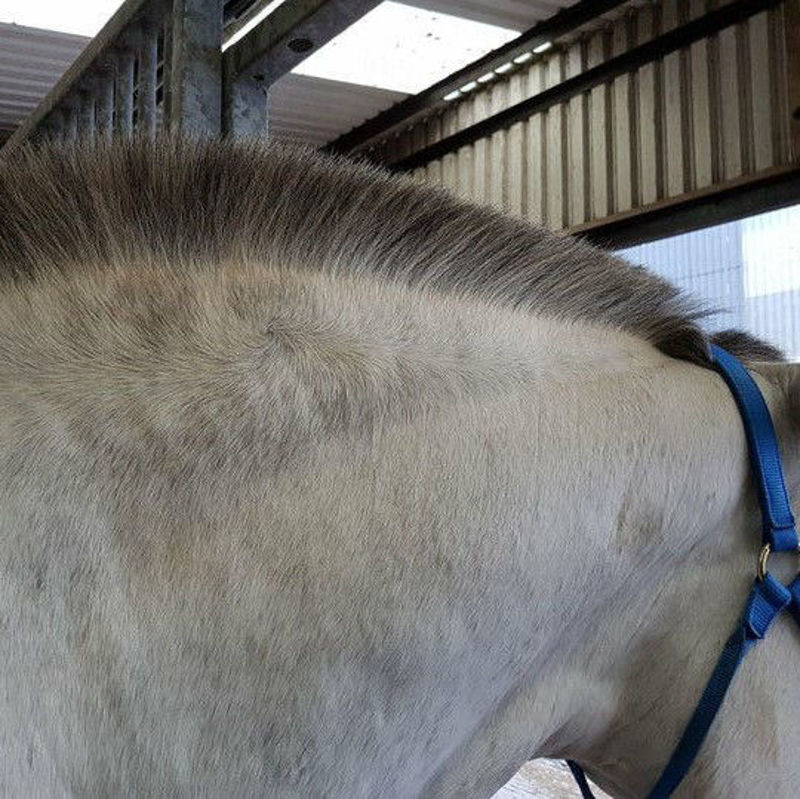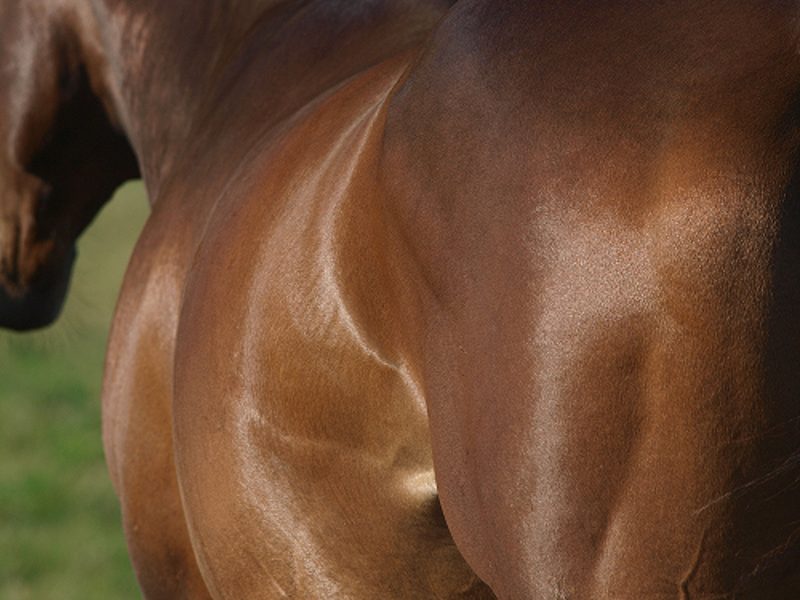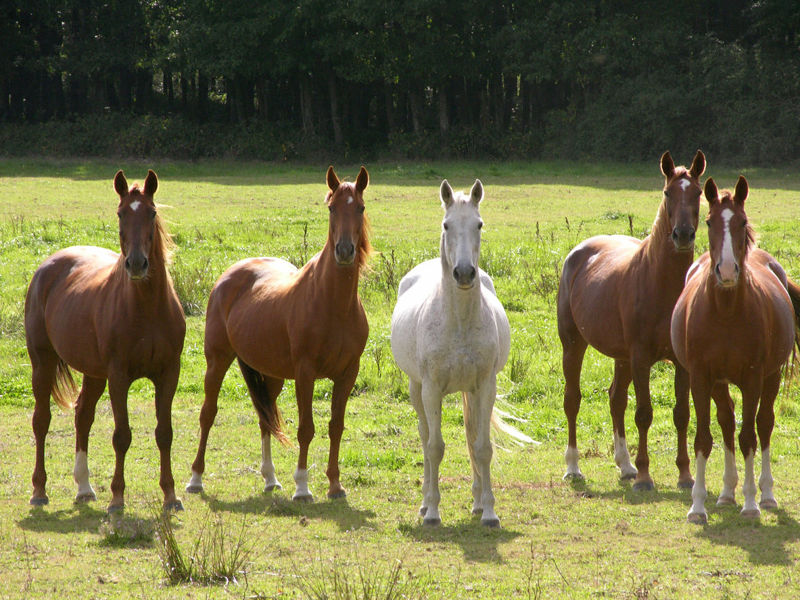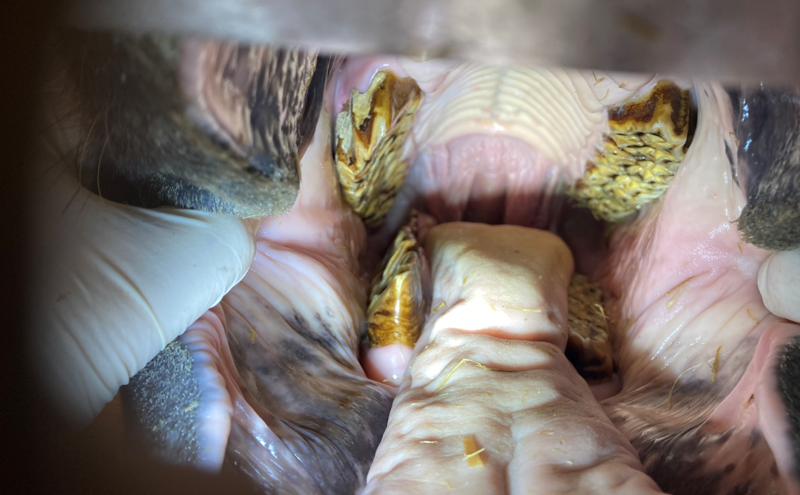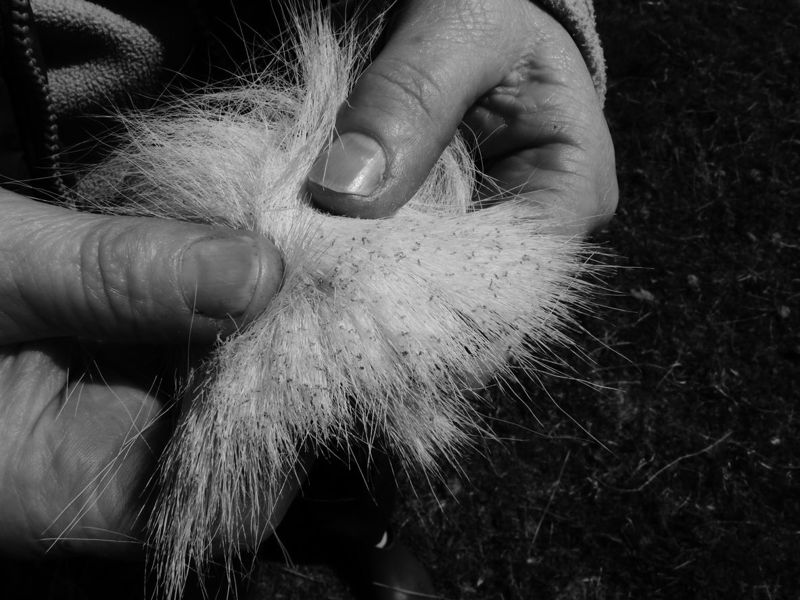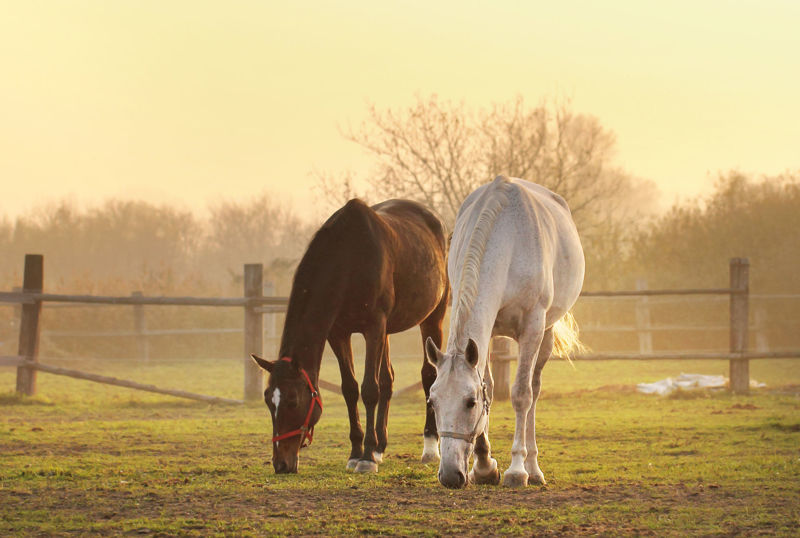Clicking joints is common in both horses and humans, however, the cause of the sound is not well understood.
Is your horse spooky and often too fizzy? Our Nutritionist discusses important factors to consider when it comes to managing this behaviour and evaluating why it may be occurring…
One question we often get asked is if our products are permitted in competition. In this article we answer the question and take a look at the prohibited substances and how we can reduce the risk of our horses consuming them.
In issue 4 of The Journal for Equine Nutrition, guest contributor Alison Morris takes an in-depth look at Equine Metabolic Syndrome, the risk factors associated with it and how horses with this condition can be managed.
Feedmark's Senior Nutritionist, Anouk Frieling, looks at Vitamin E, its many important roles within the body and what happens when there is a Vitamin E deficiency.
Orsolya Losonci BSc (Hons), EEBW considers how to maintain skin health in winter, common skin conditions that horse owners are likely to encounter, their treatment and what we can do to prevent them.
Feeding horses seems to have become a complicated business. This short article written by Dr. Stephanie Wood outlines the key points to consider when deciding what to feed your horse and in what quantities...
Andrew Peffers BVetMed Cert AVP (Equine Dentistry) BAEDT MRCVS takes an in-depth look at some dental diseases affecting horses, and explains why regular dental care is so important.
External parasites pose a threat to horse health and cause irritation and distress. Rebecca Allan, Assistant Nutritionist, investigates how to manage and prevent equine lice and mites.
Colic is a common veterinary problem. Feedmark's Nutritionist, Abigail Malone, explores what colic is, the signs to look out for and its associated risk factors.
